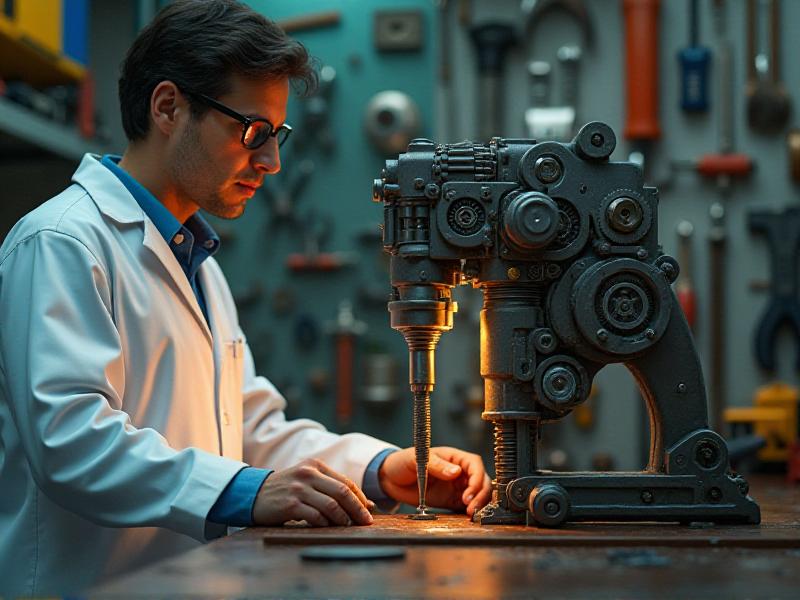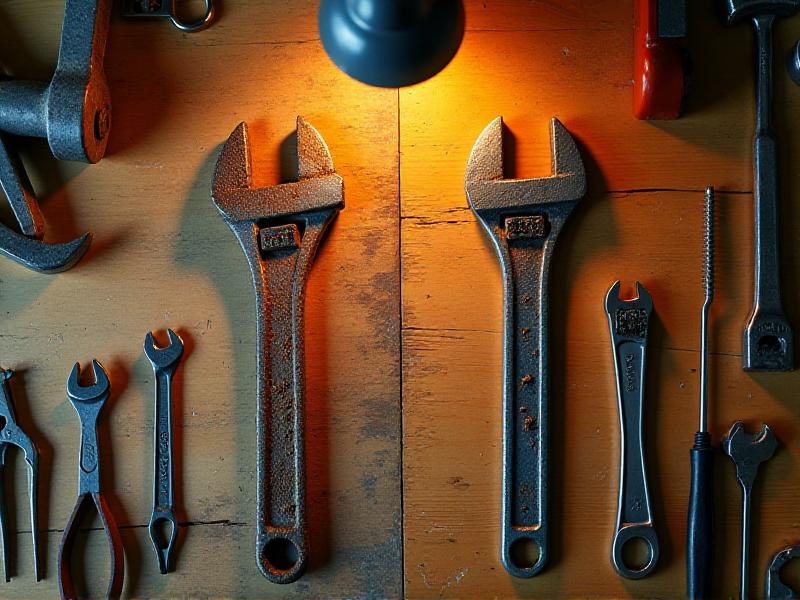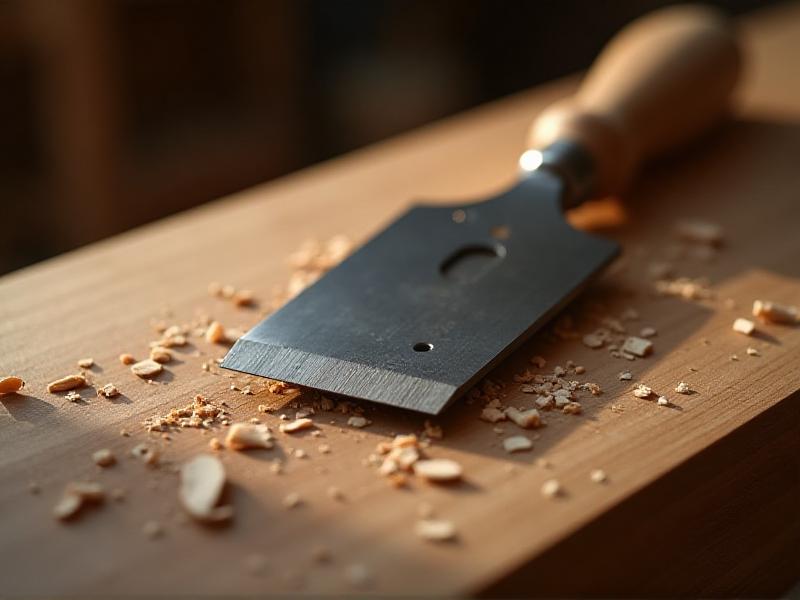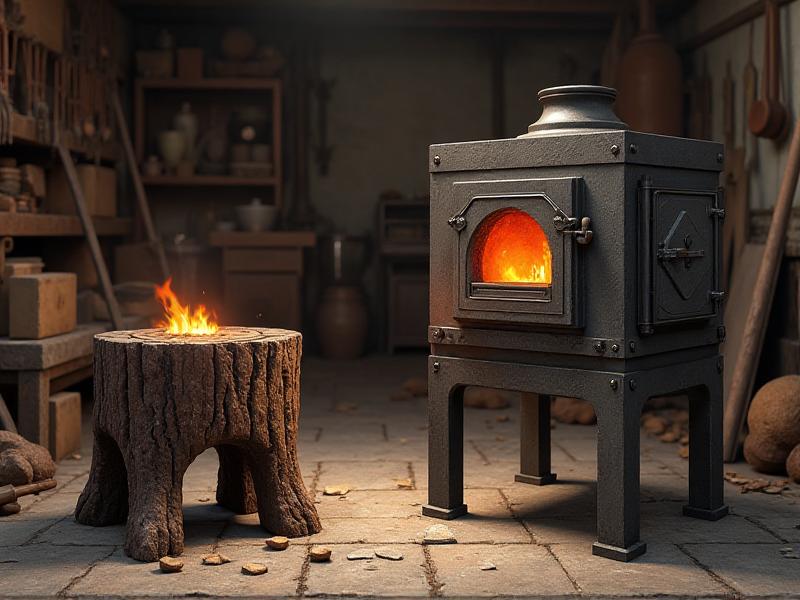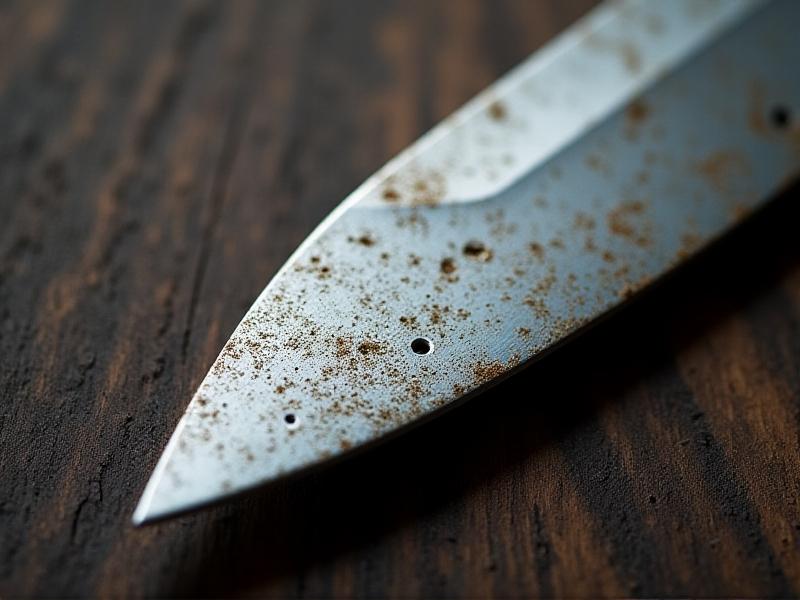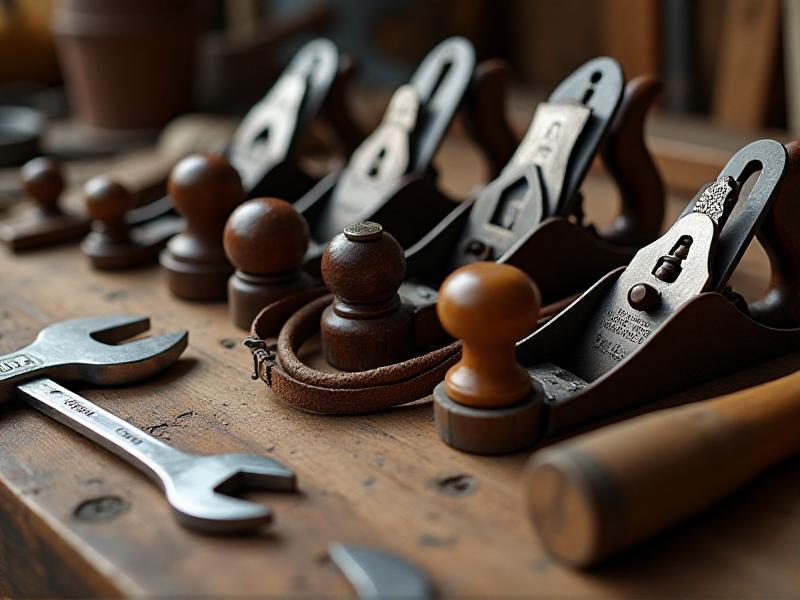Leveling Warped Blacksmith Tongs
Understanding the Importance of Properly Aligned Blacksmith Tongs
Blacksmith tongs are an essential tool in any forge, acting as an extension of the smith’s hands to safely manipulate hot metal. When tongs become warped or misaligned, their functionality is compromised, making it difficult to grip materials securely and increasing the risk of accidents. Warped tongs can also lead to uneven heating and inconsistent shaping of the metal, which can affect the quality of the final product. Understanding why alignment matters is the first step toward maintaining a safe and efficient workspace. Properly aligned tongs ensure a firm grip, reduce fatigue, and allow for precise control over the workpiece. This section explores the role of tongs in blacksmithing and why keeping them in optimal condition is crucial for both safety and craftsmanship.
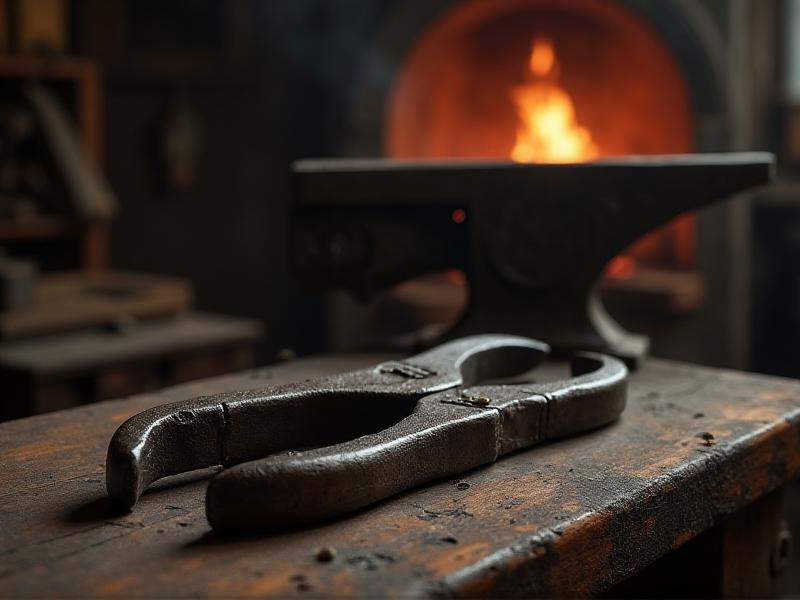
Identifying Common Causes of Warped Tongs
Warped tongs are often the result of prolonged use, improper handling, or exposure to extreme heat. One common cause is gripping materials that are too large or heavy for the tongs, which can bend the jaws over time. Another factor is uneven cooling after use; if tongs are left in a hot forge or quenched improperly, they can develop warps or twists. Additionally, using tongs to strike or pry materials can lead to misalignment. Identifying these causes is essential for preventing future damage and understanding how to address existing issues. This section delves into the specific scenarios that lead to warped tongs and provides insights into how blacksmiths can avoid these pitfalls. By recognizing the root causes, smiths can take proactive steps to maintain their tools and extend their lifespan.
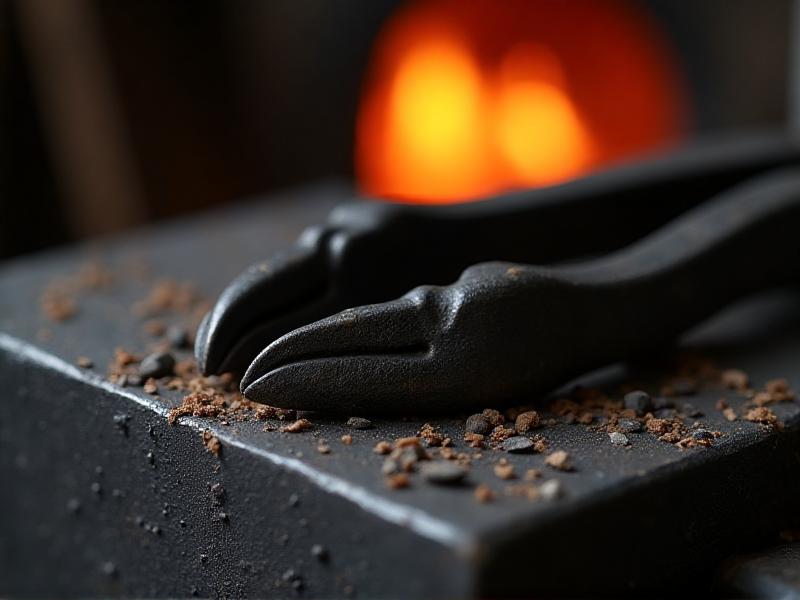
Tools and Materials Needed for Leveling Tongs
Leveling warped blacksmith tongs requires a few essential tools and materials. A sturdy anvil is the foundation of the process, providing a flat surface for hammering and reshaping. A ball-peen hammer or cross-peen hammer is ideal for precise adjustments, while a vise can help hold the tongs steady during repairs. Heat sources, such as a forge or propane torch, may be necessary to soften the metal for reshaping. Protective gear, including gloves and safety glasses, is also crucial to ensure safety during the process. This section outlines the tools and materials needed for leveling tongs, explaining their roles and how to use them effectively. By gathering the right equipment, blacksmiths can approach the task with confidence and achieve professional results.
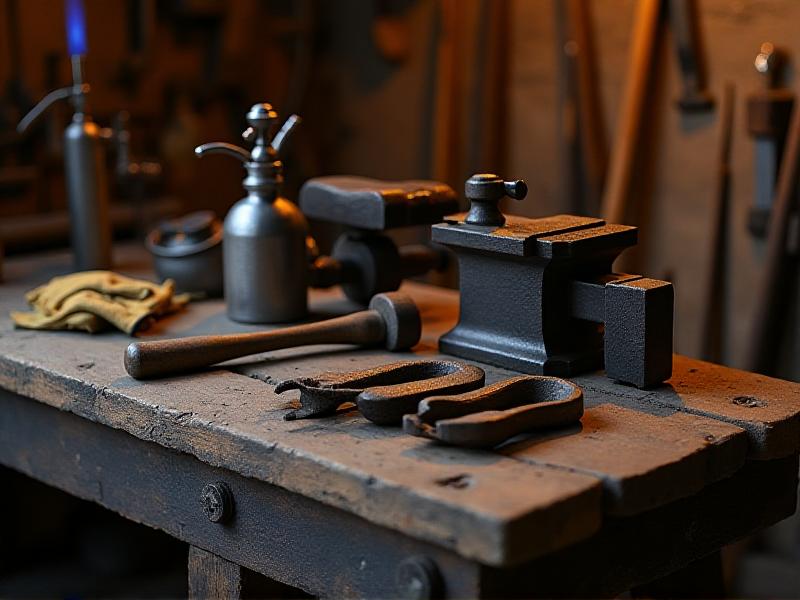
Step-by-Step Guide to Leveling Warped Tongs
Leveling warped tongs is a methodical process that requires patience and precision. Begin by heating the tongs in a forge or with a torch until they reach a workable temperature. Once heated, place the tongs on the anvil and use a hammer to gently straighten the jaws and handles. Pay close attention to alignment, ensuring that both sides of the tongs are symmetrical. If necessary, use a vise to hold the tongs in place while making adjustments. After reshaping, allow the tongs to cool gradually to prevent new warps from forming. This section provides a detailed, step-by-step guide to leveling tongs, complete with tips for achieving the best results. By following these instructions, blacksmiths can restore their tongs to optimal condition and ensure they perform reliably in the forge.
Preventative Measures to Keep Tongs in Good Condition
Preventing tongs from becoming warped in the first place is far easier than repairing them. One key measure is to use tongs that are appropriately sized for the workpiece, avoiding excessive strain on the jaws. Proper storage is also important; hanging tongs on a rack or placing them in a designated area can prevent accidental damage. Regular maintenance, such as inspecting for signs of wear and addressing minor misalignments early, can extend the life of the tongs. Additionally, avoiding extreme temperature fluctuations and quenching tongs gradually can prevent warping. This section offers practical tips for keeping tongs in good condition, emphasizing the importance of proactive care. By adopting these habits, blacksmiths can minimize the need for repairs and maintain a reliable set of tools.
The Role of Tongs in Enhancing Blacksmithing Craftsmanship
Well-maintained tongs are more than just a tool—they are a reflection of a blacksmith’s dedication to their craft. Properly aligned tongs allow for greater precision and control, enabling smiths to create intricate and high-quality pieces. They also contribute to a safer working environment, reducing the risk of accidents and injuries. By investing time and effort into maintaining their tongs, blacksmiths can focus on honing their skills and pushing the boundaries of their creativity. This section explores the broader impact of tongs on blacksmithing craftsmanship, highlighting how these tools play a vital role in the art and science of metalworking. By understanding their significance, smiths can appreciate the value of keeping their tongs in top condition.
Conclusion: The Art and Science of Tool Maintenance
Leveling warped blacksmith tongs is both an art and a science, requiring a blend of technical knowledge and hands-on skill. By understanding the importance of alignment, identifying the causes of warping, and following a systematic repair process, blacksmiths can keep their tools in excellent condition. Preventative measures and regular maintenance further ensure that tongs remain reliable and effective. Ultimately, well-maintained tongs are a testament to a blacksmith’s commitment to their craft, enabling them to create beautiful and functional pieces with confidence and precision. This article has provided a comprehensive guide to leveling tongs, equipping readers with the knowledge and techniques needed to master this essential aspect of blacksmithing.

